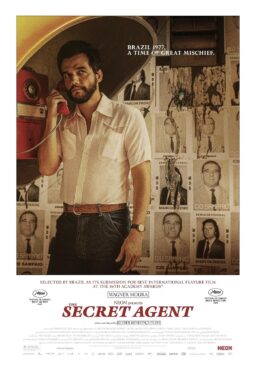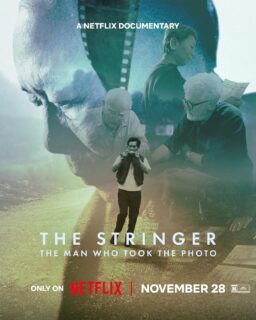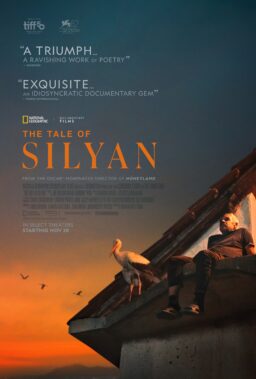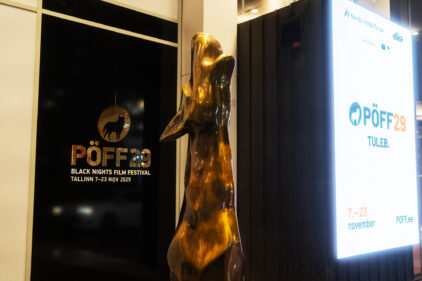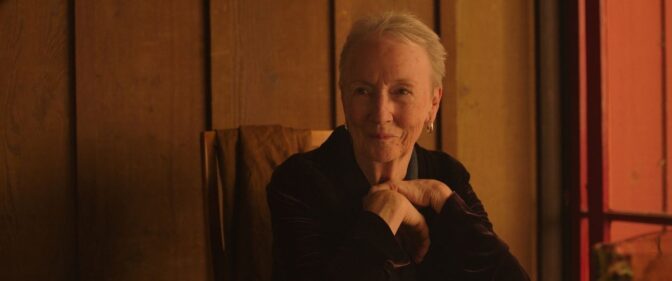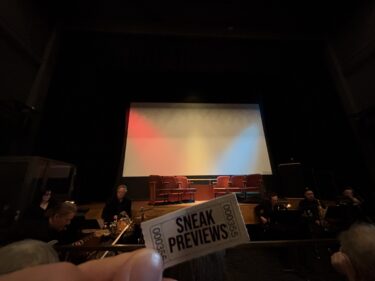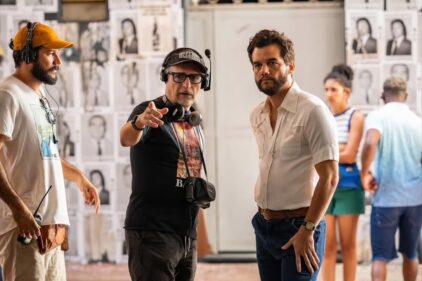Most people, when they look back on old high school photographs or class projects, might scoff or cringe at their past selves. What they wore, who they hung out with, what they did. For the students of Fred Isseks’ “Electronic English” course in Middletown High School in upstate New York in 1991, their off-hours work playing around with school-owned camcorders and editing equipment was more than the mere frittering of burnouts and stoners who wanted to check out of the ‘boring’ classes. They became key investigators in an illegal dumping scandal tied to pollution and birth defects in their hometown’s water supply.
This true-crime framework is but one of two angles explored in “Boys State” and “Girls State” filmmakers Amanda McBaine and Jesse Moss’ “Teenage Wasteland,” an intriguing doc that juggles ’90s nostalgia with an optimism for student journalism that avoids over-sentimentality. Like those prior docs, McBaine and Moss have a great deal of interest not just in the scandal these kids uncovered, but also in the sense of purpose and camaraderie they developed in doing so—celebrating the ideal and potential of young people who, despite themselves, want to make a difference.
McBaine and Moss situate us in the present day with Isseks, now wrinkled and wizened but still with a twinkle in his eye, as he pores over VHS tape after VHS tape of the kids’ work in his class. In the opening minutes, we see their initial efforts to take advantage of the technology: making rap videos, shooting kung-fu flicks, and generally horsing around. But when a friend of Isseks tells them of brown, bubbling water in the land around the nearby landfill, he decides to inspire his class of ’91 to use their powers for good. “He explained it in a way rebellious teenagers understand,” says Rachel, one of four students we follow into adulthood (and who think of Isseks, with his long hair and idiosyncratic passion, quite fondly).
From there, the filmmakers walk a delicate tightrope between streaming-ready true crime doc (complete with talking heads in smoky rooms in shallow focus, scare music, plot beats designed for maximum intrigue) and a more bittersweet, John Hughes-ian trip backwards in time to a formative moment for all these kids. While McBaine and Moss chart the steps in these kids’ investigations—grilling locals for anecdotes, trespassing onto the landfill to capture evidence of the muck, etc.—we see it through endearingly hazy VHS tapes, our adult subjects now bright-faced kids wearing baggy sweaters and bucket hats. ’90s indie-rock tracks stud the soundtrack, and cutesy blue fonts take us through years and locations.
But for all these kitschy reminders of the era, “Teenage Wasteland” doesn’t get so lost in charm that it forgets the seriousness of its subject matter. For as anti-establishment as these kids were (and, to an extent, Mr. Isseks), their love for their community shines through in their work. It’s a delight to see these kids, so green under the gills but full of passion, ask hard questions to a jaded local newspaper editor (who tries in vain to sneer at the whippersnappers asking him to follow up on their work) and capture the agony of anguished parents screaming at local officials to do something about the birth defects their children are experiencing. That sticking up for their environment meant getting to thumb their nose at the man was icing on the cake.
Sometimes, the attempts to juggle citizen journalism with the joy they feel at doing it can stagger the doc’s pace in ways that rankle; McBaine and Moss often struggle to figure out when to switch gears between the next lead in the case and more effusive praise for Isseks and their ragtag group of teen journos. Those tones can sometimes clash with a thunk. And yet, the story they’re uncovering is so full of local color: take the grizzled landfill workers who look and feel just like Popeye, or the anonymous tipster “Mr. B,” a wise-guy cop who’d feel right at home as a one-scene wonder in a Scorsese picture, and whose bombshell info ends up tying the scandal to organized crime. Each phase of the investigation unravels new layers of corruption and institutional rot, which then fuels the kids’ rebellious impulse to unravel the whole damn thing.
It’s times like these that real life can get in the way of documentary drama: Don’t expect the kind of clean, heroes-win ending one might hope for in these kinds of stories. But in its way, “Teenage Wasteland” offers its own kind of victory: Their investigation, however incomplete (the results at the time yielded a charmingly chintzy hour-long doc called “Garbage, Gangsters, and Greed”), was nonetheless formative for these kids, who turn out to be quite all right. They didn’t change the world, but their youthful energy still made a difference and offered a model for the kind of change we can enact if we just stay young, rebellious, and curious. As one subject says wistfully: “Isn’t it wise to never grow up?”




